The Top 8 Essential Oils for Muscle Aches (And How to Use Them)
Top 8 Essential Oils for Muscle Aches (And How to Use Them)
Overview
Sore muscles and muscle aches are painfully common for fitness enthusiasts and desk workers alike. While performing a physical exercise or
While muscle soreness after a workout or at the end of a particularly hard day is nothing to worry about, recurring pain can indicate an underlying condition or poor lifestyle. Muscle aches and cramps are caused by a variety of factors, such as stress buildup, injuries, increased inflammation, prolonged sleep loss, lack of physical exercise, or incorrect posture. Stiff joints and frequent aches may also be more common in individuals with chronic inflammatory conditions or auto-immune diseases.
While over-the-counter medicines can ease the pain, nature offers a wide range of essential oils that can also help.
Essential oils for muscle aches and soreness
1. Peppermint oil
Peppermint is undoubtedly the most powerful essential oil on the planet for relieving pain and soreness of muscles. When applied topically on muscle aches or aching muscles, its menthol content generates a cooling sensation, bringing in more oxygen-rich blood to the affected area. This releases pressure and relaxes tired muscles. Research suggests that the cooling sensation generated by menthol may help block localized pain signals.
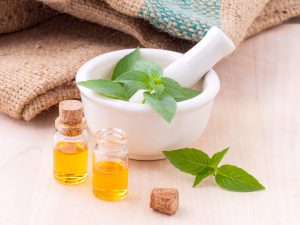
2. Eucalyptus oil
Aromatherapy massage with diluted eucalyptus oil is an age-old remedy to help with muscle and joint pain caused by inflammatory conditions, such as fibromyalgia, lupus, and arthritis. Studies (1, 2) have shown that its active compound, eucalyptol, has antioxidant and anti-inflammatory properties that can help reduce chronic pain and ease stiffness. Regular massage with eucalyptus is also known to promote muscle recovery in case of injuries.
3. Frankincense
Extracted from a profoundly soothing aromatic resin, frankincense oil is an essential ingredient in analgesic herbal pastes and ointments. Its anti-inflammatory and antispasmodic abilities are well-established by research. When used topically, it soothes inflammation of connective tissues, reduces stress buildup caused by poor posture or lack of exercise, eases muscle stiffness, and promotes relaxation. Its overall comforting effect on the nervous system also helps in controlling pain and anxiety.
4. Roman Chamomile oil

5. Rosemary
An invigorating massage with rosemary oil is well-known to restore the energy and vitality of muscles, especially after a long, tedious day. Due to its stimulating and warming properties, rosemary improves blood circulation, lubricates connective tissues, and improves joint mobility. Its holistic action can also provide long-lasting relief from muscle soreness and aches that are caused by sprains, injuries, chronic conditions, or seasonal infections.
6. Turmeric oil
Turmeric enjoys high regard in ayurvedic medicine, having been used as a natural pain killer for centuries. From menstrual cramps to arthritis, it is often the first line of treatment for any kind of pain – and a highly potent one. Over ten thousand studies and hundreds of clinical trials have reported the anti-inflammatory and pain-relieving abilities of turmeric. A 2018 study suggested that topical application of turmeric oil may help reduce spasms, soothe inflammation, and relax sore muscles after a workout. Turmeric oil should be a go to when you have muscle aches.
7. Lavender oil
Lavender oil has been used as a natural pain-reliever since time immemorial, be it for insect bites, minor wounds, headaches, menstrual cramps, joint pain, or muscle aches. Its active monoterpenes (mainly linalool and linalyl acetate) are reported to have analgesic and anti-
inflammatory actions. Lavender has excellent antispasmodic abilities that can reduce muscle
contractions, providing relief from body pains, muscle aches, and cramps.
Inhaling lavender aroma has a sedating effect on the central nervous system, which further relaxes muscles, alleviates physical and mental fatigue, and improves mood. This can also help relieve pain caused by stress, workout, or excessive physical activity.
8. Lemon oil
Sometimes, recurring aches and frequent episodes of muscle fatigue and muscle aches can be a sign of toxin overload. Aromatherapy massage with lemon essential oil is a time-honored way to remove impurities and helps maintain the excellence of tissues. With its stimulating and clarifying properties, lemon oil helps expel out metabolic wastes trapped in the neuromuscular junctions and encourages lymphatic drainage for their easy removal. Its regular use helps improve the flexibility of muscles and strengthens them against sport-related injuries.
How to use essential oils for relieving muscle aches and cramps
A rejuvenating massage
Mix 6-8 drops of your preferred essential oil (or blend) with 15 ml of carrier oil and gently massage the affected area, paying special
A word on carrier oils
Most carrier oils are anti-inflammatory and may have some pain-relieving benefits of their own. For massage purposes, choose lighter oils that can easily penetrate into deeper layers of the skin. Some good examples are coconut, olive, sesame, sunflower, and almond oil.
Bath
Pampering yourself with a warm aromatic bath is a traditional way to relax sore muscles after a vigorous day. Warm water dilates blood vessels and promotes circulation, which perfectly synergizes with the soothing effect of essential oils.
Mix 1-2 drops of essential oil with one teaspoon of carrier oil and add it to your bathwater. Avoid adding essential oils directly to hot water, as oil and water do not mix and may cause irritation.
Inhalation
Adding 4-5 drops to home diffusers can provide relief from mild muscle aches that may be caused by overworked muscles, mental fatigue, stress, or lack of restful sleep.
Roll-ons
Roller bottles are a great way to carry some ready-to-use, easy-to-apply blends on the go. Put 4-5 drops of essential oil in a 10 ml amber-colored roller bottle and fill the rest of it with any carrier oil of your choice. Apply on the affected area where the muscle aches as and when needed.
Safety and limitations of using essential oils
Applying lemon oil can increase the photosensitivity of the skin. Avoid direct sunlight for at least 12 hours. Essential oils should never be used on full strength. For topical applications like massage and bath, always remember to dilute them first with a carrier oil.
Final thoughts
Working on the underlying cause rather than treating only the symptoms is the most striking feature of complementary therapies. Due to their inherent nature, essential oils used in aromatherapy can provide a natural and effective way to soothe muscle aches caused by a variety of factors. Unlike commercial drugs that focus on minimizing the sensation of pain, essential oils work holistically to improve overall muscle strength and provide long-lasting relief.
References
- Shrivastava, Alankar. (2009). A REVIEW ON PEPPERMINT OIL. Asian Journal of Pharmaceutical and Clinical Research. 2. 27-33. https://www.researchgate.net/publication/237842903_A_REVIEW_ON_PEPPERMINT_OIL
- Lee, G., Park, J., Kim, M. S., Seol, G. H., & Min, S. S. (2019). Analgesic effects of eucalyptus essential oil in mice. The Korean journal of pain, 32(2), 79–86. https://doi.org/10.3344/kjp.2019.32.2.79
- Jun, Y. S., Kang, P., Min, S. S., Lee, J. M., Kim, H. K., & Seol, G. H. (2013). Effect of eucalyptus oil inhalation on pain and inflammatory responses after total knee replacement: a randomized clinical trial. Evidence-based complementary and alternative medicine : eCAM, 2013, 502727. https://doi.org/10.1155/2013/502727
- Al-Yasiry, A. R., & Kiczorowska, B. (2016). Frankincense–therapeutic properties. Postepy higieny i medycyny doswiadczalnej (Online), 70, 380–391. https://doi.org/10.5604/17322693.1200553
- Dosoky, N. S., & Setzer, W. N. (2018). Chemical Composition and Biological Activities of Essential Oils of Curcuma Species. Nutrients, 10(9), 1196. https://doi.org/10.3390/nu10091196
- Silva, G. L., Luft, C., Lunardelli, A., Amaral, R. H., Melo, D. A., Donadio, M. V., Nunes, F. B., de Azambuja, M. S., Santana, J. C., Moraes, C. M., Mello, R. O., Cassel, E., Pereira, M. A., & de Oliveira, J. R. (2015). Antioxidant, analgesic and anti-inflammatory effects of lavender essential oil. Anais da Academia Brasileira de Ciencias, 87(2 Suppl), 1397–1408. https://doi.org/10.1590/0001-3765201520150056







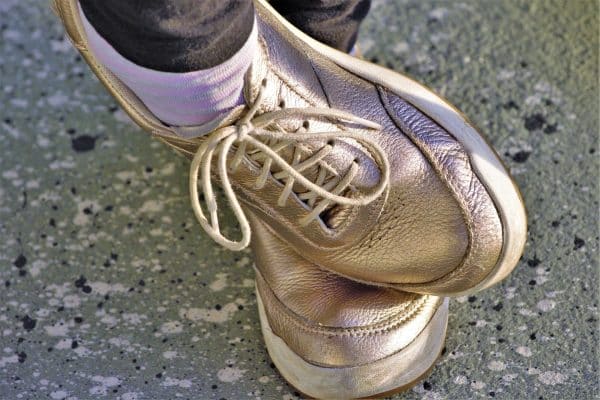




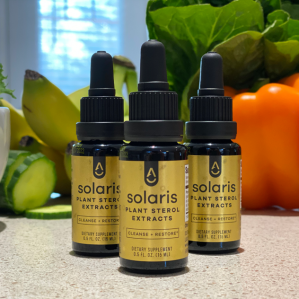

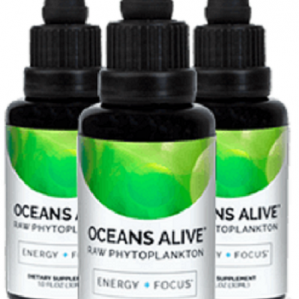
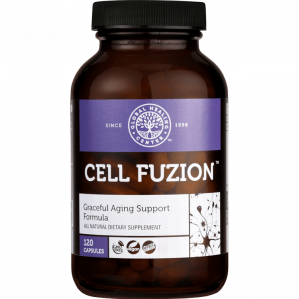












0 Comment